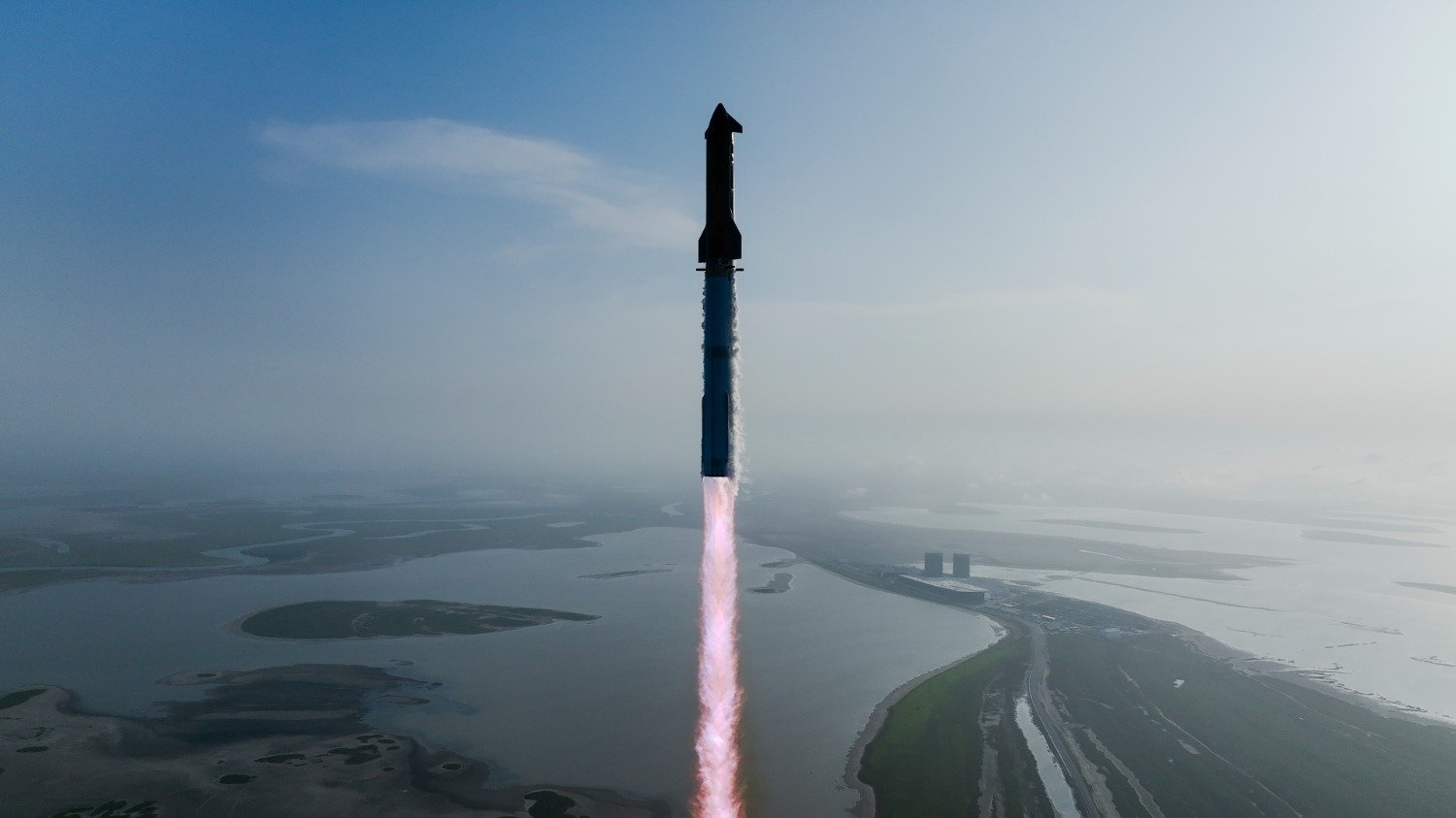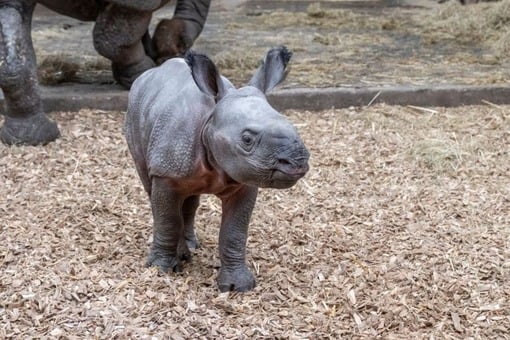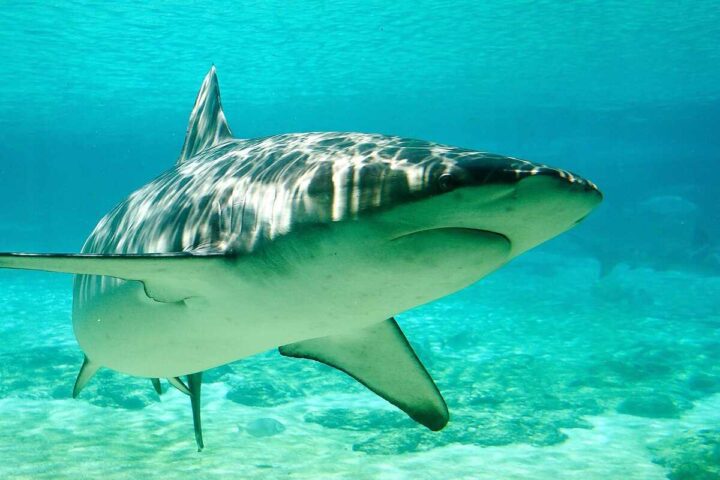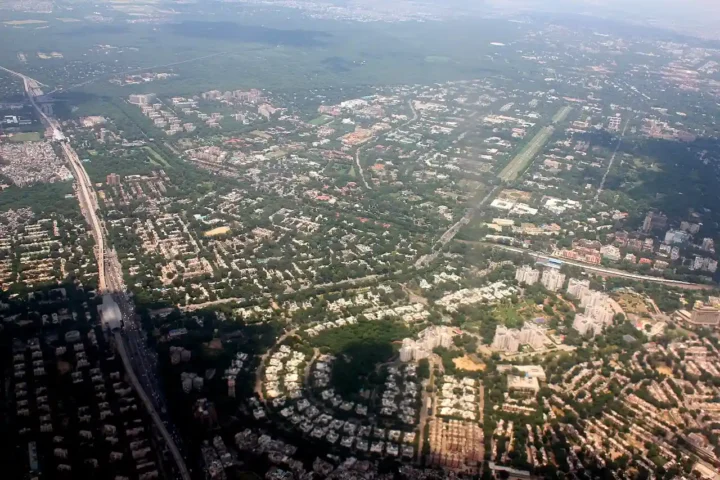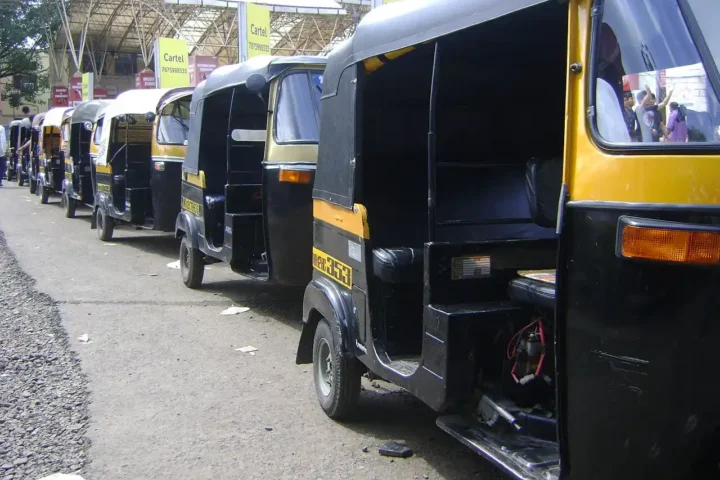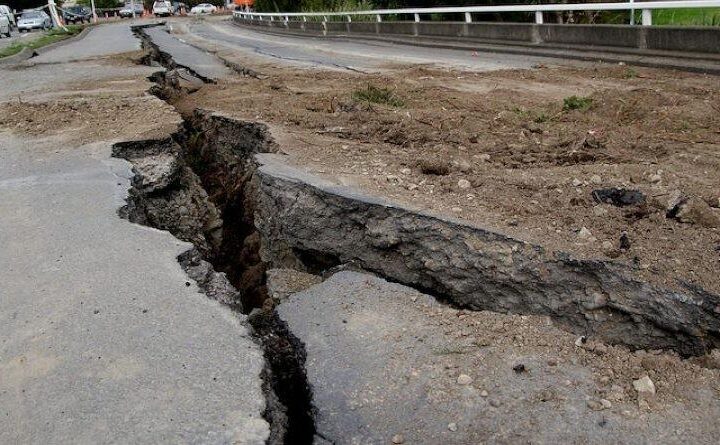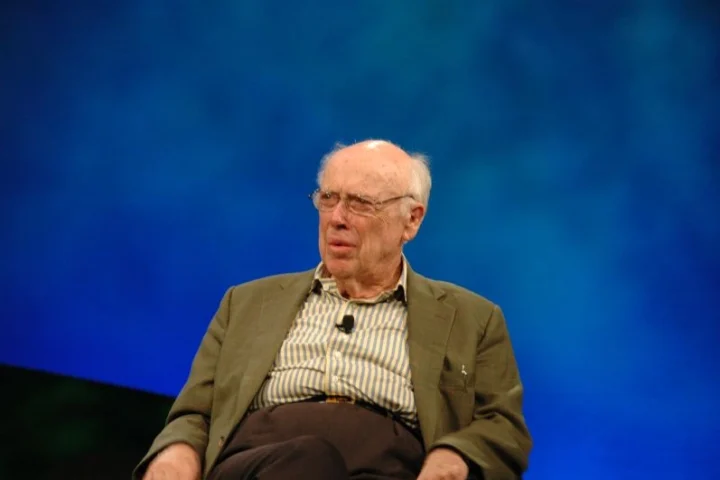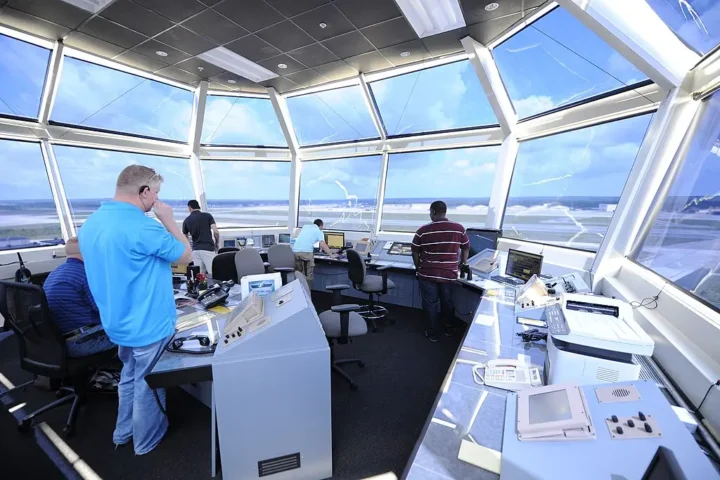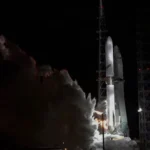SpaceX’s ninth test flight of its massive Starship rocket ended in failure after both rocket stages were lost during different phases of the mission. The May 27, 2025 launch from Texas showed some improvements over previous attempts but ultimately fell short of completing key mission objectives.
“Starship made it to the scheduled ship engine cutoff, so big improvement over last flight!” SpaceX CEO Elon Musk wrote on social media after the flight. “Leaks caused loss of main tank pressure during the coast and re-entry phase.”
The mission began with a successful liftoff of the 40-story tall rocket from SpaceX’s Starbase facility in Texas at 7:37 p.m. Eastern time. This launch marked the first-ever reuse of a Super Heavy booster – the massive first stage that powers Starship off the ground with 33 engines.
The two rocket stages separated as planned, and the upper stage reached space on a suborbital trajectory – a step forward from the previous two flights where the upper stage exploded during ascent. However, things quickly went wrong for both parts of the rocket.
Booster Explosion and Spacecraft Spin
About six minutes into the flight, the Super Heavy booster broke apart during its landing burn over the Gulf of Mexico. The booster was testing a new high-angle descent technique designed to reduce fuel needed for landing by increasing drag in the atmosphere.
“Confirmation that the booster did demise,” announced Dan Huot from SpaceX’s communications team during the live webcast.
Similar Posts
The Starship upper stage initially performed better, reaching space on its suborbital trajectory. However, after engine cutoff, the spacecraft began tumbling uncontrollably due to fuel leaks in its tank systems.
“A lot of those tanks are used for your attitude control,” Huot explained during the broadcast. “At this point, we’ve essentially lost our attitude control with Starship.”
The leaks caused the spacecraft to spin out of control, making it impossible to perform a planned engine restart in space. The vehicle eventually broke apart during its uncontrolled reentry over the Indian Ocean.
Failed Tests and Missed Objectives
Several planned tests couldn’t be completed due to the technical problems. The Starship was supposed to deploy eight dummy Starlink satellites about 18.5 minutes after liftoff, but the payload door failed to open fully.
“We are trying to do something that is impossibly hard,” Huot said during the webcast. “You’re not going to reach it in a straight line. We’ve said there’s going to be bumps, there’s going to be turns.”
The mission also intended to test Starship’s heat shield performance by removing some tiles to stress-test vulnerable areas. This data couldn’t be collected because of the uncontrolled reentry.
The Federal Aviation Administration has begun investigating the incident. “The FAA is aware an anomaly occurred during the SpaceX Starship Flight 9 mission that launched on Tuesday, May 27, from Starbase, Texas, and is actively working with SpaceX on the event,” the agency stated. “There are no reports of public injury or damage to public property at this time.”
Lessons Learned and Future Plans
Despite the setbacks, SpaceX maintained its “fail fast, learn fast” approach. “With a test like this, success comes from what we learn, and today’s test will help us improve Starship’s reliability as SpaceX seeks to make life multiplanetary,” the company stated after the flight.
Musk noted that the next three Starship test flights could occur more frequently – every three to four weeks – and mentioned plans for “Version 3 of the Ship and Booster” with a “radical redesign” and the debut of the improved Raptor V3 engine by the end of the year.

The Starship rocket is crucial to SpaceX’s ambitious goals and NASA’s plans to return astronauts to the Moon. A variant of the upper stage has been selected as the Human Landing System for NASA’s Artemis program.
“This is exactly the SpaceX way,” said Jessie Anderson, SpaceX manufacturing engineering manager, during the broadcast. “We’re going to learn, iterate, and iterate over and over again until we figure it out.”
